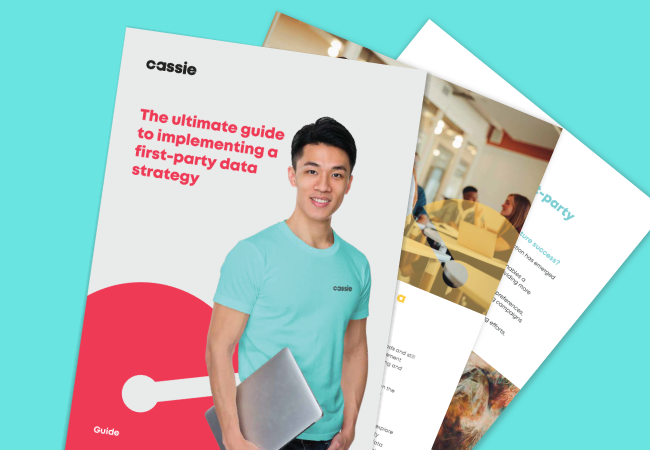How to understand your audience better with progressive profiling
Posted: June 15, 2023
It has become increasingly common for businesses to attempt to collect data from consumers in order to provide them with personalized experiences. Unfortunately, this often leads to customers opting out of having their data collected.
In response to this problem, businesses have begun using a method known as progressive profiling. Progressive profiling is an approach that allows companies to gather compliant, highly relevant data from customers over time in order to create individual customer profiles.
This method allows businesses to get an understanding of their customer base without having to bombard users with intrusive questions or violate any privacy laws. Progressive profiling is a great way for businesses to get an understanding of their customers and segment them effectively, while still respecting the user’s privacy.
How progressive profiling works
Rather than asking for all the information upfront, progressive profiling allows marketers to collect data in increments over time, allowing them to build trust with customers while also providing value through relevant content, discounts or promotional offers.
By incentivising customers to share more information, marketers can build a strong relationship with customers and create more targeted campaigns.
Progressive profiling is an invaluable tool for any digital marketer looking to make the most of their customer interactions.
This data-gathering process can also help you refine your target audience so that you are better able to tailor your messages to them.
The benefits of using progressive profiling to understand your audience better
Increased customer trust
Concerns over data is prevalent. 47% of consumers have switched companies or providers over privacy concerns.
Progressive profiling puts customers in control of their own data. This data collection method allows businesses to collect and store customer information ethically, ensuring that customers know their personal data is being handled responsibly.
More personalized marketing and stronger customer relationships
71% of consumers expect personalization in their brand interactions.
By asking customers for more detailed information about their preferences and interests with each interaction, businesses can provide them with content and offers that are tailored specifically to them. This strategy increases engagement levels and helps build strong relationships between the brand and customers by showing that you are listening to and addressing their needs.
Better data collection
Surveys with only one to three questions have a completion rate of 83.34%.
When browsing online, attention spans are short and long questionnaires can alienate customers. As the length of a survey increases, the completion rate goes down. Therefore, the best progressive profiling examples require little effort on the customer’s part.
5 progressive profiling best practices
- Prioritize the information needed to build complete profiles of your customers and create your questions accordingly.
- Work with your sales team to structure the most relevant questions.
- Provide each consumer with the opportunity to correct any mistakes or update their answers.
- Reconfirm your privacy policy each time a subscriber converts to reassure them you’re not selling their data to third parties.
- Monitor your progressive profiling efforts closely to see if there are any drop offs throughout the customer journey and if so, reassess the questions you are asking.

Want to build a first-party data strategy?
Get access to The ultimate guide to implementing a first party data strategy; a comprehensive free resource that covers the fundamentals of first-party data collection, data privacy considerations, tools and technologies, and step-by-step guidance for implementation.

